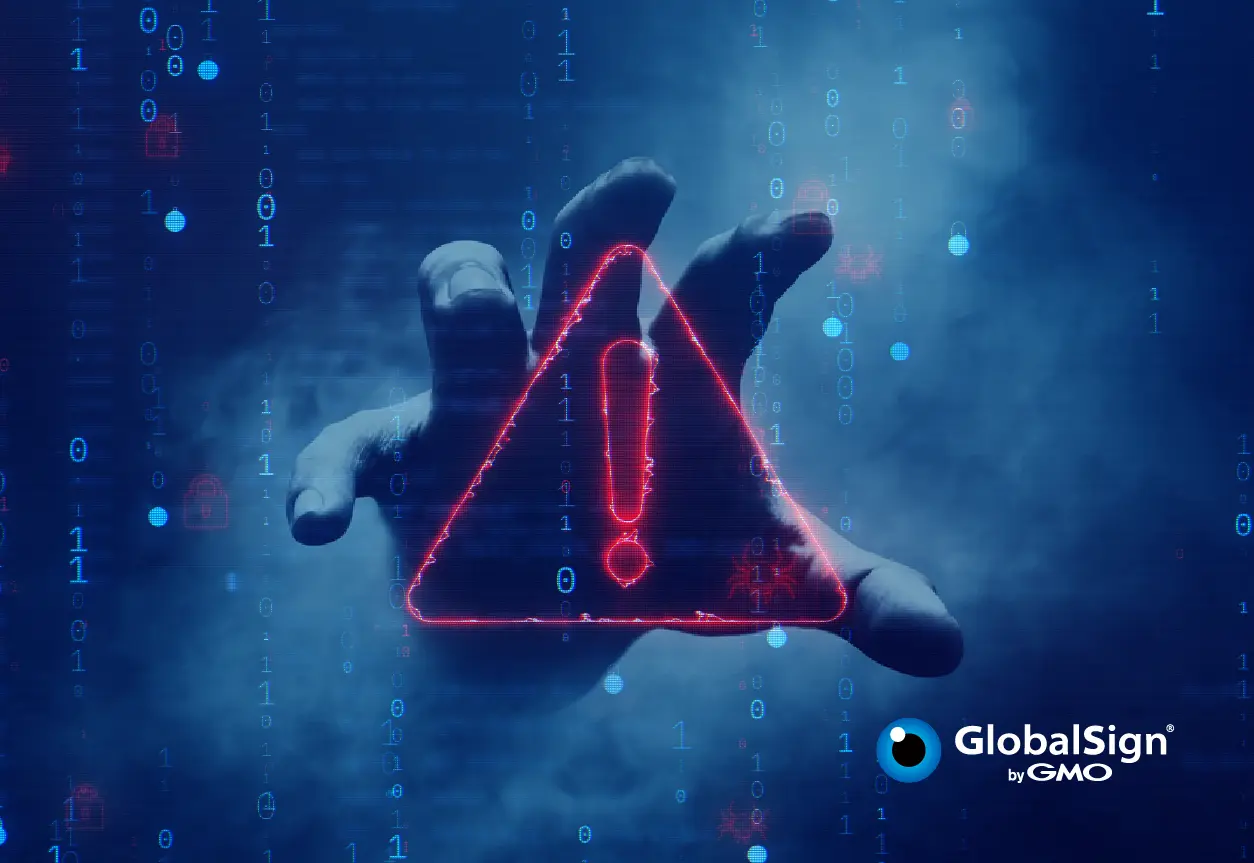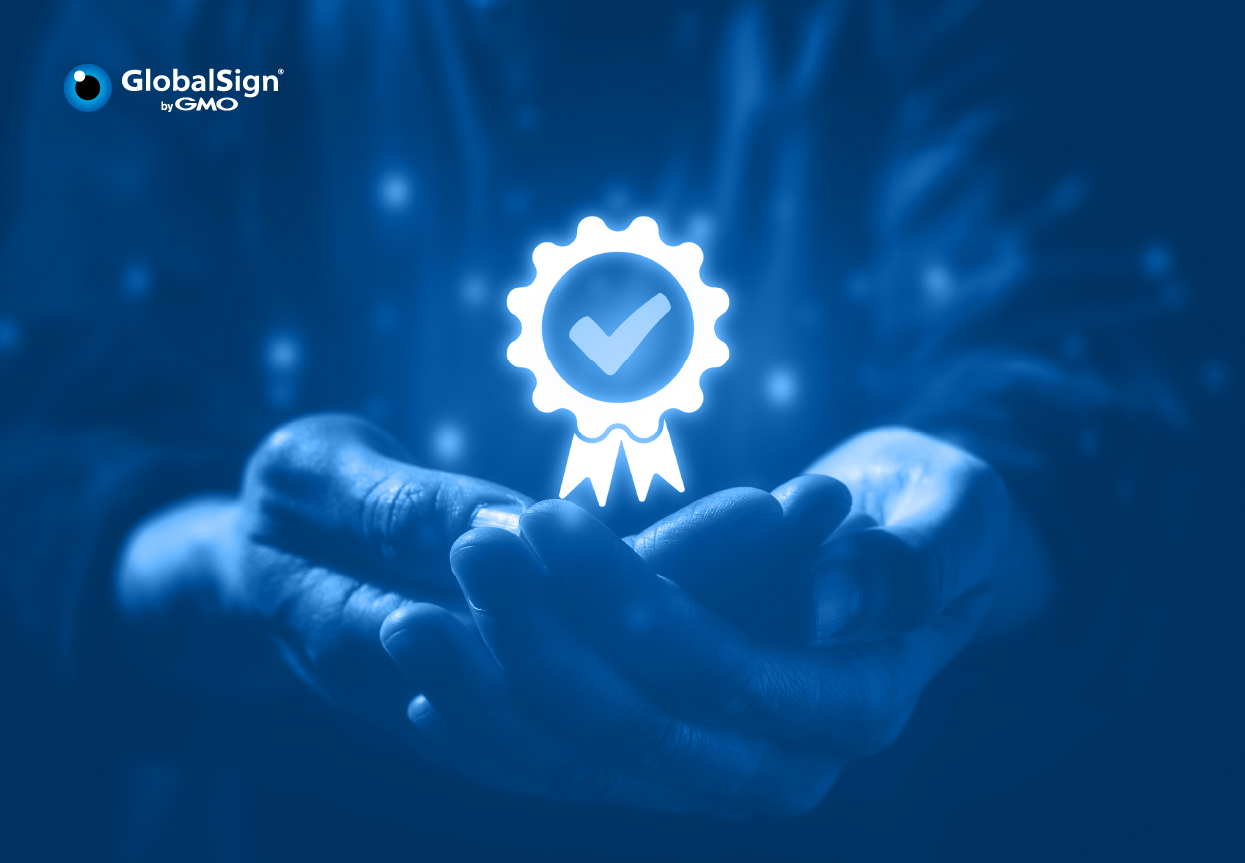An evergreen array of cybercrimes, cyberattacks, and cyberterrorism are being faced by Chief Information Security Officers (CISOs) as you read this. This goes for both public and private sectors. On top of the hybrid work setup that has expanded the attack surface for many organizations, employee turnover has also reached record levels, often leading to data loss as departing staff leave with key information. The accessibility of generative Artificial Intelligence (AI) and off-the-shelf tools doesn’t help, too. It has put nifty black hat capabilities within reach of practically anyone with a modest budget.
It’s important to learn the 101 of cybercrimes and cyberattacks: their nature and extent, the measures to prevent future incidents, along with strategies and solutions for enhancing cybersecurity infrastructure. Having awareness improves the level of care and vigilance that your organization exercises in continuously coordinating with digital security solution providers, local regulatory bodies, clients, suppliers, and other stakeholders.
What is Cybercrime?
Cybercrime is a criminal activity that involves any computer, network, or networked device. Most cybercriminals use it for profit, but some cybercrimes are carried out against computers or devices merely to directly damage or disable them.
What Are Some New Types of Cybercrimes?
Throughout each year, a new set of threats comes to light, requiring mitigation strategies to advance at a faster pace than that of the threat actors’ tactics. In addition to long-standing threat vectors already known to CISOs, here we spotlight new ones that have emerged, carrying disruptive implications. These include:
What is QR Code Phishing?
QR code phishing, also known as quishing, is a social engineering phishing attack that intentionally deceives its recipient into scanning a QR code. Upon success, it redirects its victim to a bogus, potentially dangerous website.
What is Geopolitical Hacktivism?
Cybercriminals and threat actors are expected to launch misinformation campaigns and Distributed Denial of Service (DDoS) attacks against critical infrastructure. They ride the waves of opportunity and time, capitalizing on ongoing national elections and geopolitical conflictacross the globe. DDoS attacks simply increase in scope, sophistication, and size.
What is Malware Advertising?
Malvertising (a blend of "malicious software advertising") is what we refer to as the use of advertising to spread malware. This usually involves adding malicious or malware-laden advertisements into legitimate online advertising webpages and networks.

What is Cybersecurity? | Relation to Business Growth
Research papers are unanimous: studies consistently show how cybercrime and cyberattacks can harm an enterprise’s business revenue and prospects. This is why top-performing companies all over the globe make it a point to approach cybersecurity as a driver of positive business outcomes. The healthy mindset to cultivate is to view cybersecurity as a business function that drives growth, and not merely a defensive action or expense.
Technically speaking, cybersecurity, also known as infosec, is any practice, technology, or measure meant to protect computers, mobile devices, servers, and data from cybercrimes, cyberthreats, and cyberattacks. This includes prevention and mitigation of impact.
How to Strengthen Cryptographic Agility
Today’s quantum computing and AI developments are only expected to challenge cryptographic algorithms that have already been entrenched for years. To go forward in meeting business goals, our advice is for business sectors to deepen their focus on adopting effective encryption methods without necessarily altering their bottom-line system infrastructure. GlobalSign offers encryption products and solutions that your business can use to protect against unwanted access. These include:
-
Digital Signatures. If your business is anything like USAFact who needs a fortress of strength for document security: you require a solution for digitally signing and encrypting documents. It’s built for the cloud with flexible integration options so users can sign documents at their convenience. It meets all major industry regulatory requirements and is compliant with eIDAS regulations.
-
GMO Sign. Sign documents on the fly, send requests for signatures, and manage your documents securely all in one platform. Simple and easy to use, this is an all-in-one document signing solution that has increased EEI Corporation’s cost savings. Attention to the premium security of GMO Sign’s document signing flow has spiked a bit these days, especially with a recent issue where hackers stole customer data and auth secrets from DocuSign's e-signature platform.
-
Multi Factor Authentication (MFA). The continuous rise of identity theft and data breaches, like in the Change Healthcare cyberattack recently, only disrupts systems and processes around the globe. This type of incident, where the failure was in letting the wrong people in and keeping the right people out, could have easily been prevented through MFA.
-
Secure Email Certificate. This certificate can be used to digitally sign and encrypt emails from any device, much like the infosec goals of Finance in Motion—ensuring the privacy of sensitive information, authenticity of sender, and integrity of contents.
-
SSL/TLS Certificate. This authenticates your website’s identity and enables encrypted connections. Through this, GlobalSign ensures that your public servers and sites are in line with industry best practices. Our SSL/TLS is how our customer, the University of Asia and the Pacific, gained stakeholders’ trust and fully met regulatory requirements.
How to Have a Seamless Software Supply Chain
Vulnerabilities in software supply chain continue to leave business sectors unprotected, as attacks on providers disrupt various systems such as those of clearing, trading, payments, and back-office operations. A continuously rising organization cannot be open to cybercrime and cyberattacks. Fortunately, GlobalSign has the tools and solutions to help you establish communication channels for incident response and bolster greater cybersecurity posture.
Conclusion
The cyber landscape is endlessly dynamic. As cybercrime and fraud converge, emerging technologies create additional opportunities for exposure. Organizations must prioritize proactive cybersecurity hygiene to ensure operational resilience in the face of an attack and, equally importantly, to maintain trust in their community.
Cybercriminals can always exploit any vulnerabilities in critical infrastructure, leveraging any tool available to destroy trust in the security of your operations. Right now, the time is more than ripe to be supporting your CISO’s initiatives towards the level of safety, reliability, and futureproofing that they, as your top security vanguard, wish for your business to achieve. For the solutions that could equip that vision,contact us today.
In enterprise security, where you always do have a lot of moving parts, choosing the ideal partner for your digital security needs is non-negotiable. At GlobalSign, we go beyond customizing potentsolutions; we stand on a legacy of trust built over25 years as a pioneering Certificate and Identity Authority.
Resources:







